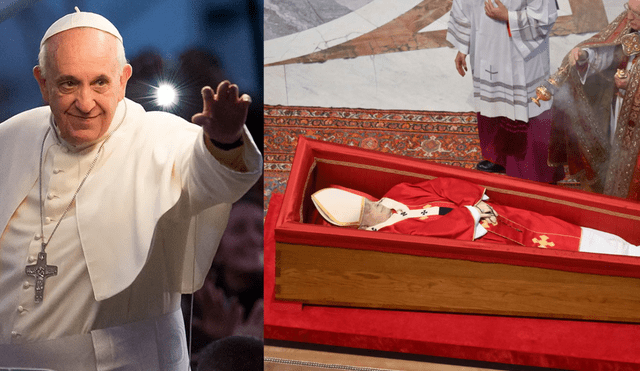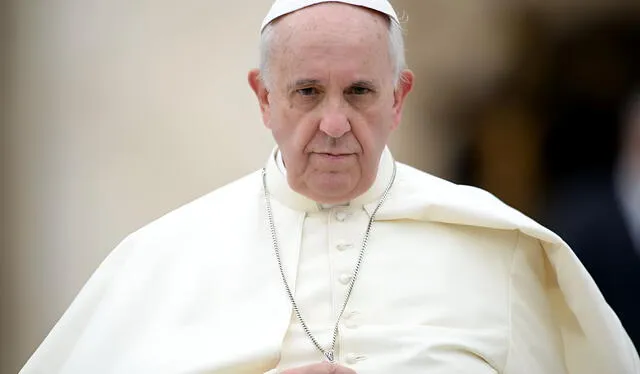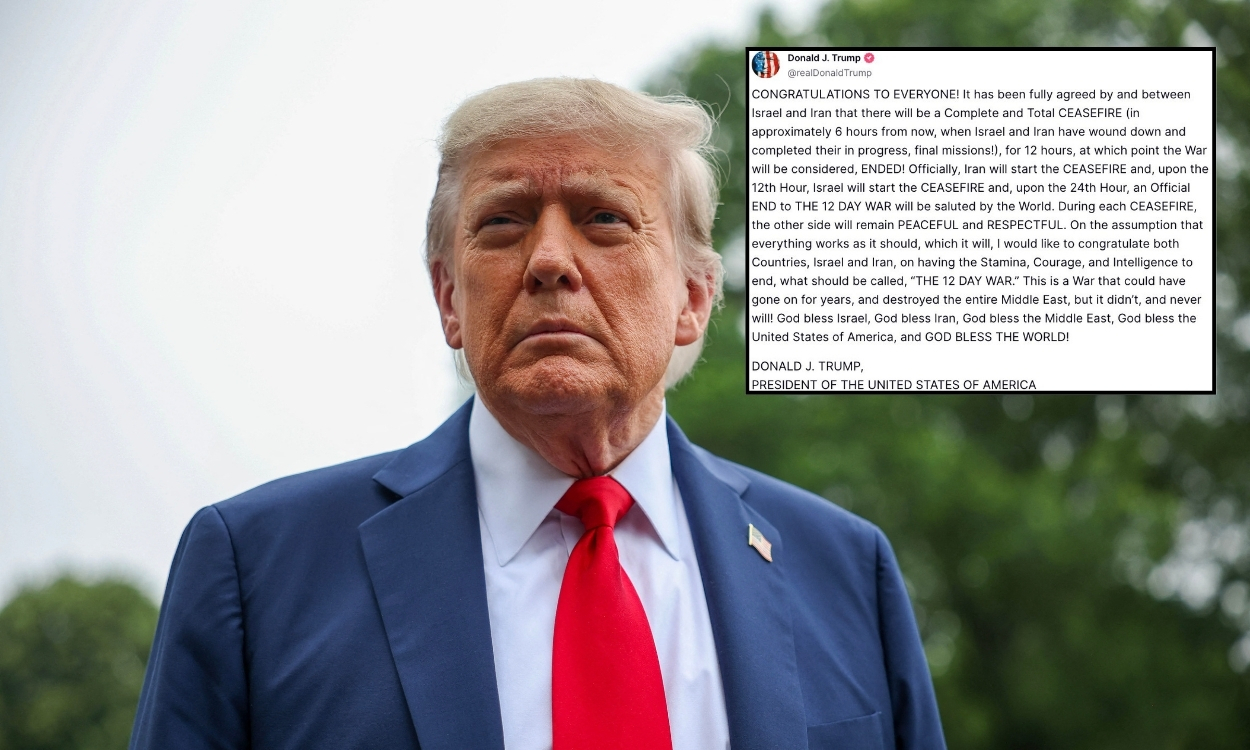Why are popes buried in 3 coffins? and Why did Pope Francis reject this tradition?
Pope Francis’ decision to break with centuries-old papal burial traditions, including forgoing the three-coffin ritual, reflects his commitment to humility and pastoral leadership.

Pope Francis’ decision to reform his funeral rites, including breaking with the centuries-old tradition of being buried in three coffins, has sparked conversation about his legacy and what these changes signify.
The three-coffin ritual, which has been a fixture of Vatican tradition for centuries, was meant to symbolize the sanctity, authority, and dignity of the papacy. However, Pope Francis chose to forgo this longstanding custom in favor of a more modest approach.
The traditional three-coffin ritual
Popes have historically been buried in a triple arrangement, consisting of a cypress coffin, a lead coffin, and an outer oak coffin.
While the cypress coffin is used as a symbol of humility and mortality, the lead coffin is used to preserve and safeguard the remains against tampering. Furthermore, the oak coffin represents strength and dignity.
Pope Francis’ burial reform:
In 2024, Pope Fancis made some changes and reforms to the funeral rites in the "Ordo Exsequiarum Romani Pontificis" (Rite of Burial for Roman Pontiffs), eliminating the three-coffin practice. For his own burial, he chose a simpler wooden coffin with a zinc interior.

According to Pope Francis, the papacy should be about serving others, not luxury and ostentation. Photo: AFP
He stated that a pope should present himself as a disciple of God, instead of a worldly leader. Monsignor Diego Ravelli, the Vatican’s liturgical ceremonies master, shared that these changes were made to emphasize that the pope's life and death are in service of others not grandeur and ostentation.












